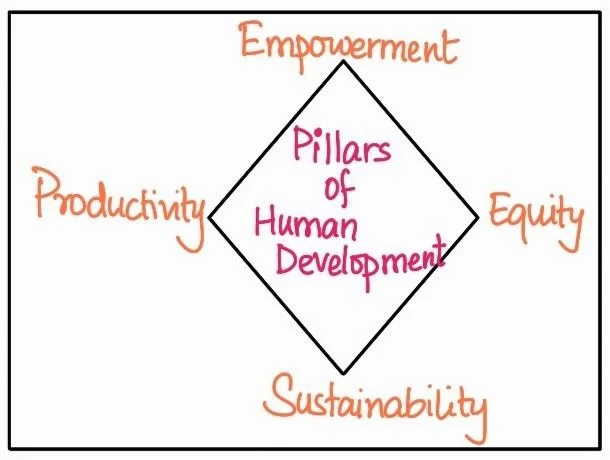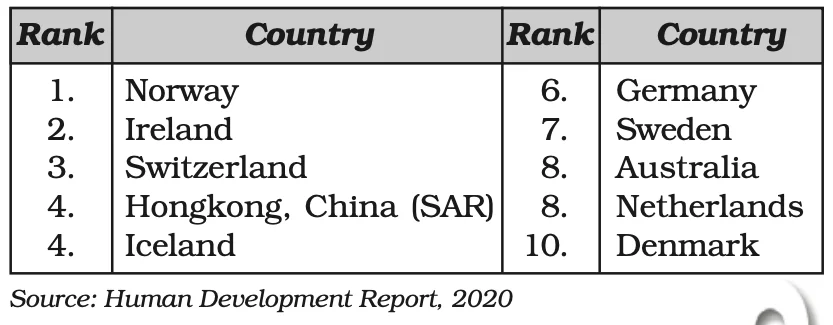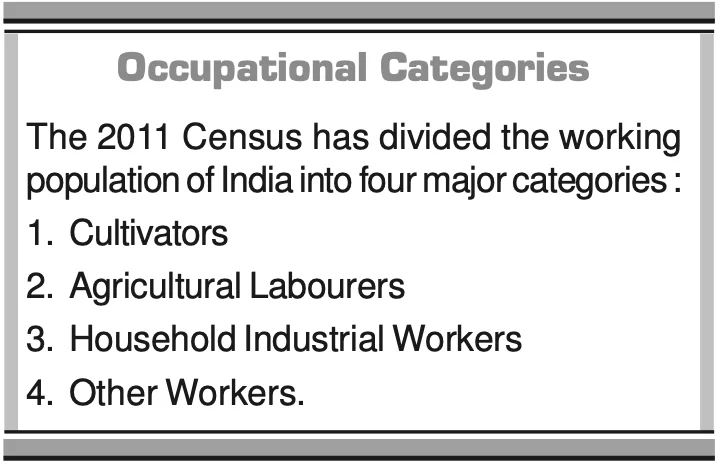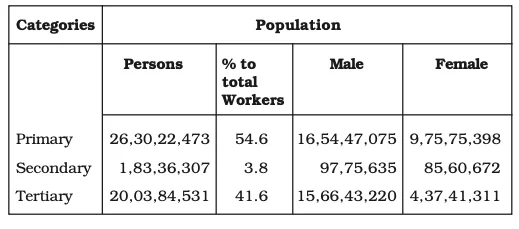![]() 6 Dec 2023
6 Dec 2023
The methods to measure human development are continually being refined. Researchers are exploring links between levels of corruption or political freedom and human development.
There’s an ongoing discussion about introducing indices like a political freedom index and corruption listing.
The United Nations Development Programme (UNDP)
|

The Human Poverty Index (HPI):
Human Development Beyond Metrics: Bhutan’s Journey with Gross National Happiness (GNH)
|
|---|
Decoding Human Development: Size, Wealth, and Surprising Disparities in International Comparisons

Top Ten Ranked Countries with High Value Index
| Human Development Level | Characteristics |
|---|---|
| Very High Development |
|
| High Development |
|
| Medium Development |
|
| Low Development |
|
Table: Classification of Countries by HDI


Sectoral Composition of workforce in India, 2011
Beti Bachao–Beti Padhao’ Campaign:
|
|---|
Conclusion
‘Beti Bachao–Beti Padhao’ stands as a powerful initiative, encapsulating the dual mission of safeguarding the well-being of female children and promoting equal educational opportunities. By addressing these crucial aspects, the program contributes significantly to fostering human development, paving the way for a more inclusive and equitable society.
Also Read: Human Settlements: Rural & Urban Settlements in India’s Human Spaces
<div class="new-fform">
</div>
